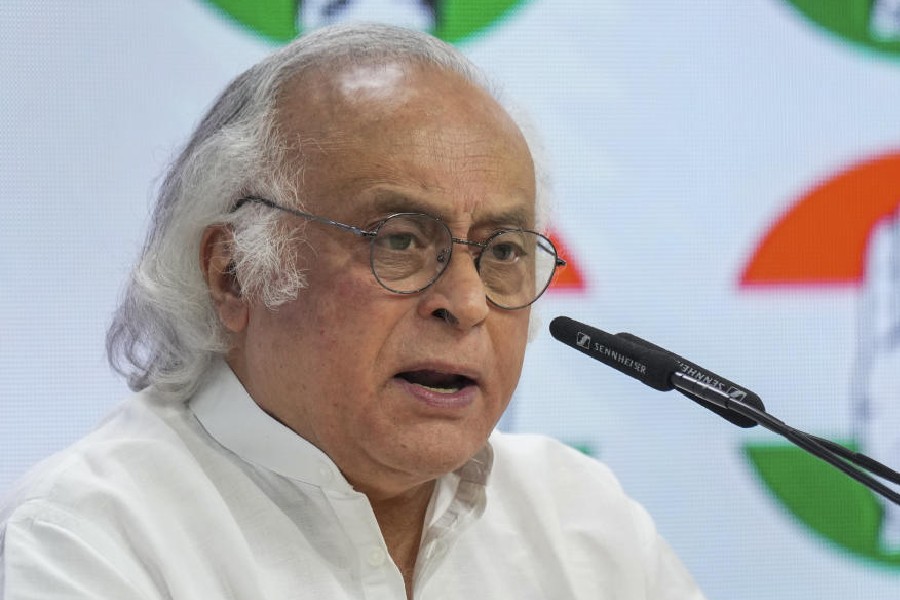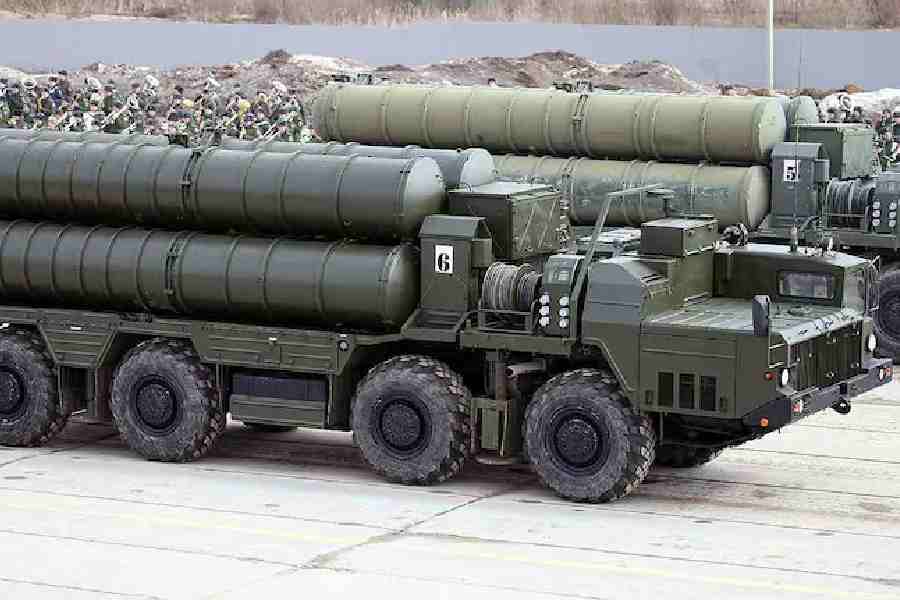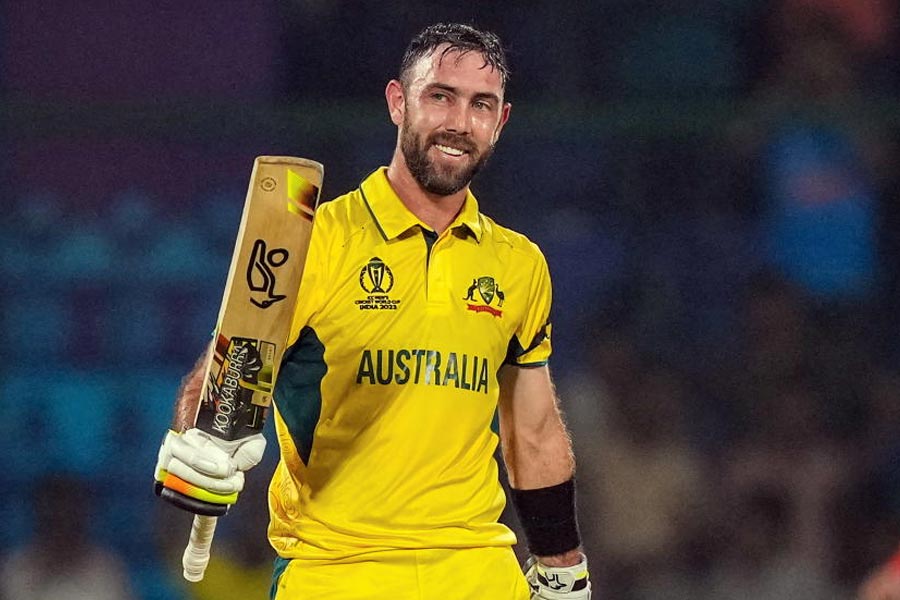Mumbai, Jan. 24: The Reserve Bank of India (RBI) today said persistent high inflation could endanger the country’s growth pace, and containing rising prices had become its dominant policy objective.
The hawkish comments on inflation raise the prospect of an aggressive rate hike by the central bank when it announces the monetary policy tomorrow. A large section of bankers, however, expect it to hike the key rates by 25 basis points.
In its “Macroeconomic and monetary developments: third quarter review 2010-11”, which serves as a backdrop to the monetary policy, a worried RBI said there were new drivers of inflation beyond primary food articles, particularly vegetables, that caused the price spurt last month. Fuel and non-fuel international commodity prices and demand-supply imbalances in some food items posed a great threat now. Further, inflation from high input cost pressures could transmit to output or finished product prices.
“The risks to generalised inflation cannot be overlooked as inflation expectations are currently ruling high,’’ the RBI said.
While the RBI has so far concentrated on inflation containing measures, it has done this in a calibrated fashion by raising key rates six times since March 2010, keeping the growth objective in mind. Thus, it has focussed on both growth and inflation management.
However, the central bank said today that since persistent high inflation could endanger the growth objective and also amplify risks to inclusive growth, containing inflation would have to remain as the predominant objective of monetary policy in the near-term. This is because a lower inflation regime is essential for sustainable high growth.
The central bank said the return of inflation to a more acceptable level was likely to be gradual.
Though administrative steps to curb the price spiral could soften prices, such a moderation can be offset by transmission from increasing global commodity prices.
According to the RBI, there is a challenge in its current fight against inflation as it is now coming from sources that are not sensitive to monetary policy measures. For instance, the source of price pressures in food inflation on account of weak supply side adjustments vis-à-vis demand could be non-responsive to monetary policy actions.
“Higher policy rates may not ensure the desirable degree of demand adjustment, even with the usual transmission lags, given the nature of the items in which the imbalances are growing,’’ it said.
Growth outlook
The central bank, however, continued to be optimistic on the growth of the domestic economy.
It says various business expectation surveys show an optimistic picture about the near-term outlook, and the factors which provided a boost to the overall business expectations include the possibility of an improvement in exports and buoyant future demand conditions, along with a rise in the volume of sales and new orders.
Meanwhile, the RBI today said the government should start spending to ease the liquidity situation that had significantly tightened towards the end of 2010.
“It is expected that the government would spend in order to meet its committed expenditure for the year during the ongoing quarter, which is the last quarter of the financial year,” the apex bank said in its macroeconomic review released today.
Cautioning that the high current account deficit cannot be sustained in the long run, the RBI said it would monitor the external sector as well as global developments.
India’s current account deficit, representing the difference of inflows and outflows of foreign exchange barring capital movements, surged 72 per cent to $15.8 billion in the July-September quarter over $9.2 billion in the same period last year because of higher imports.










